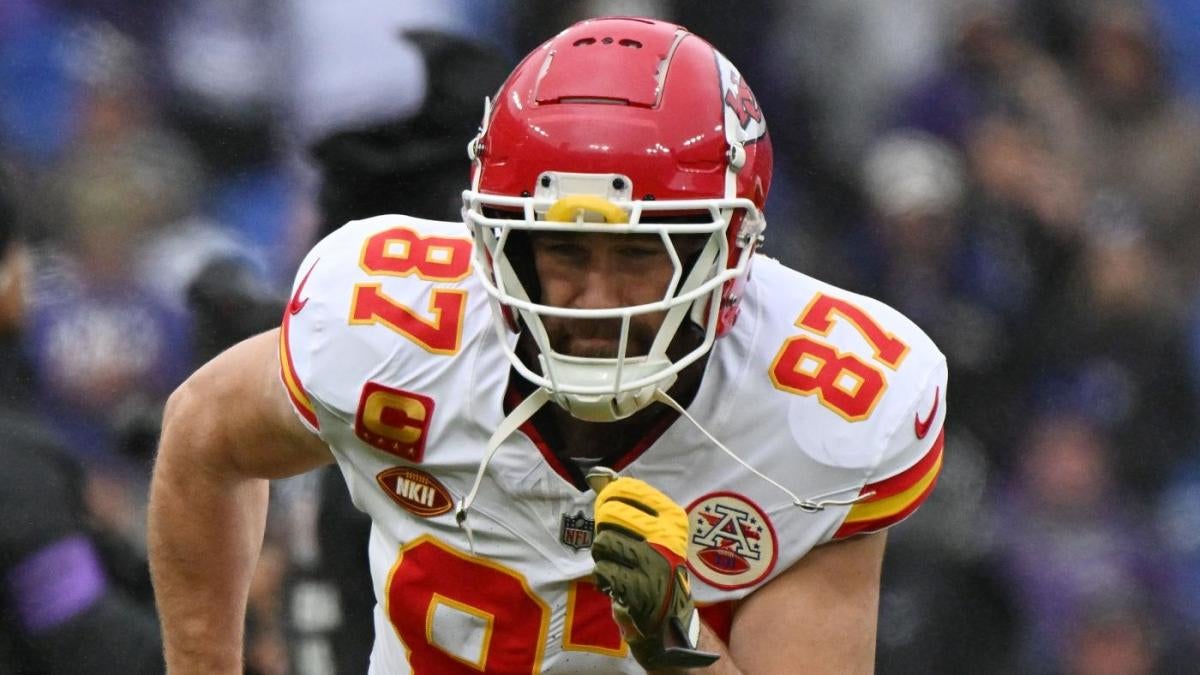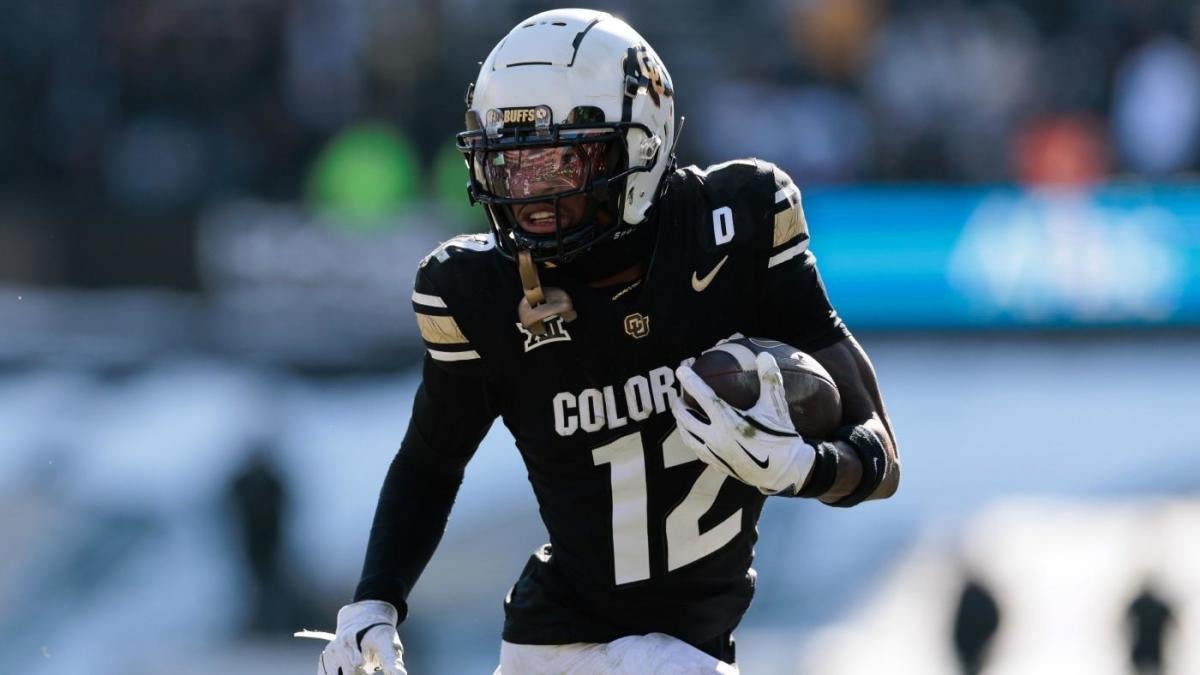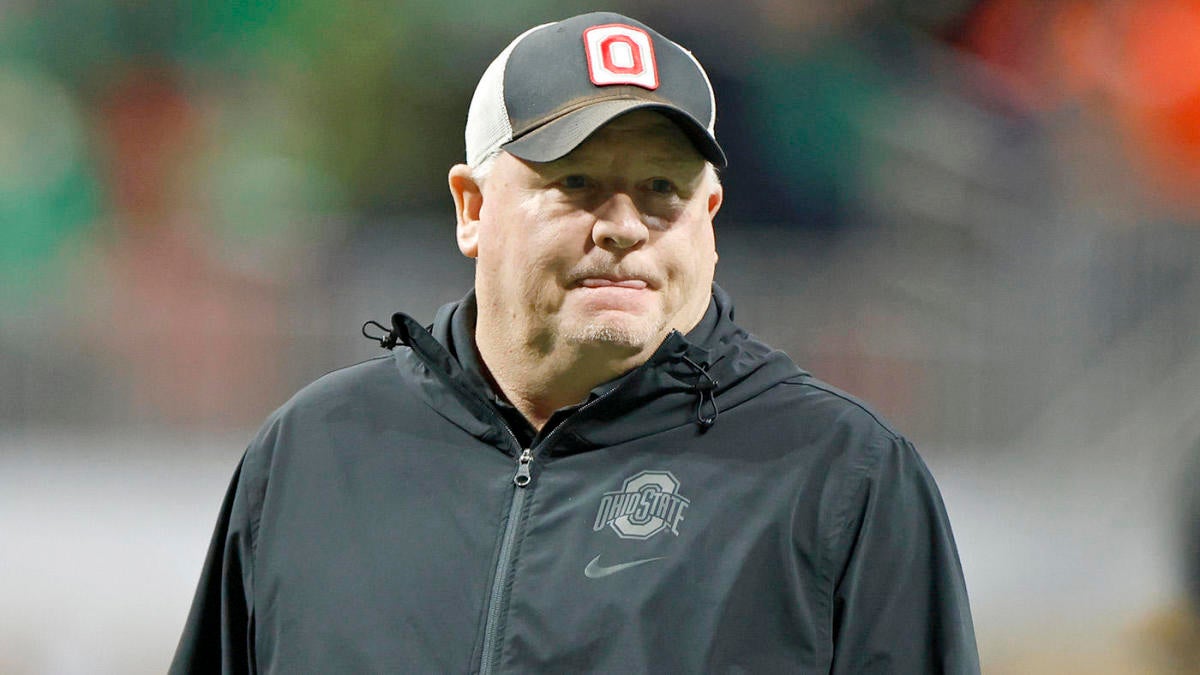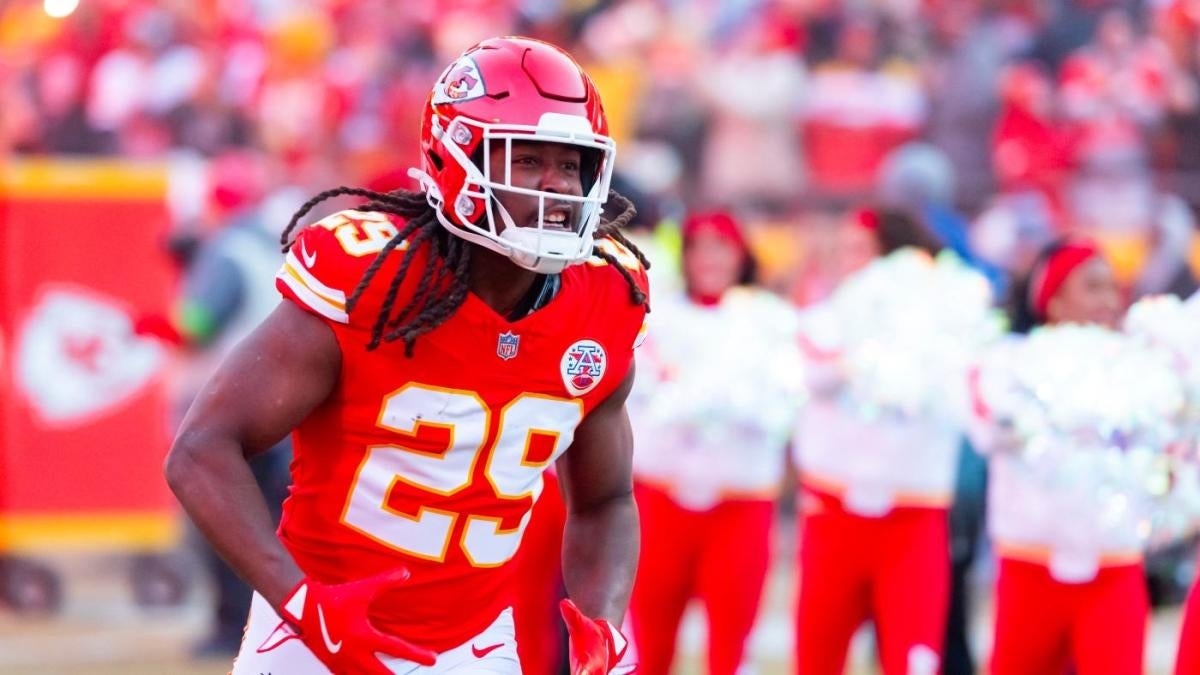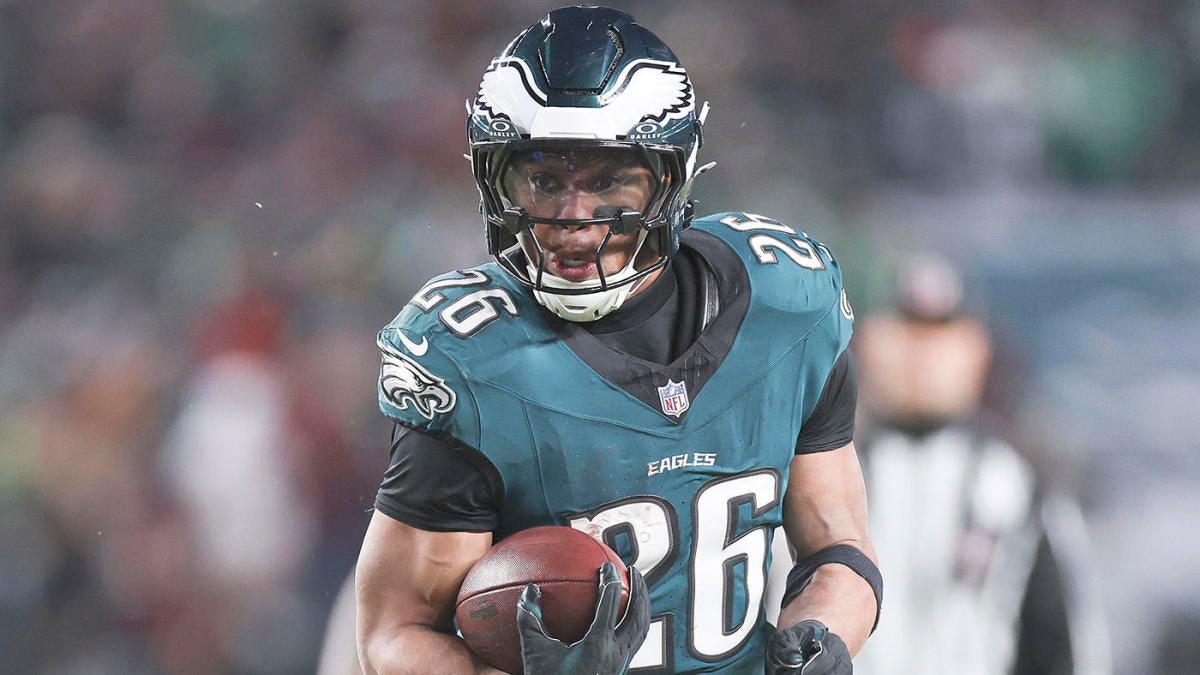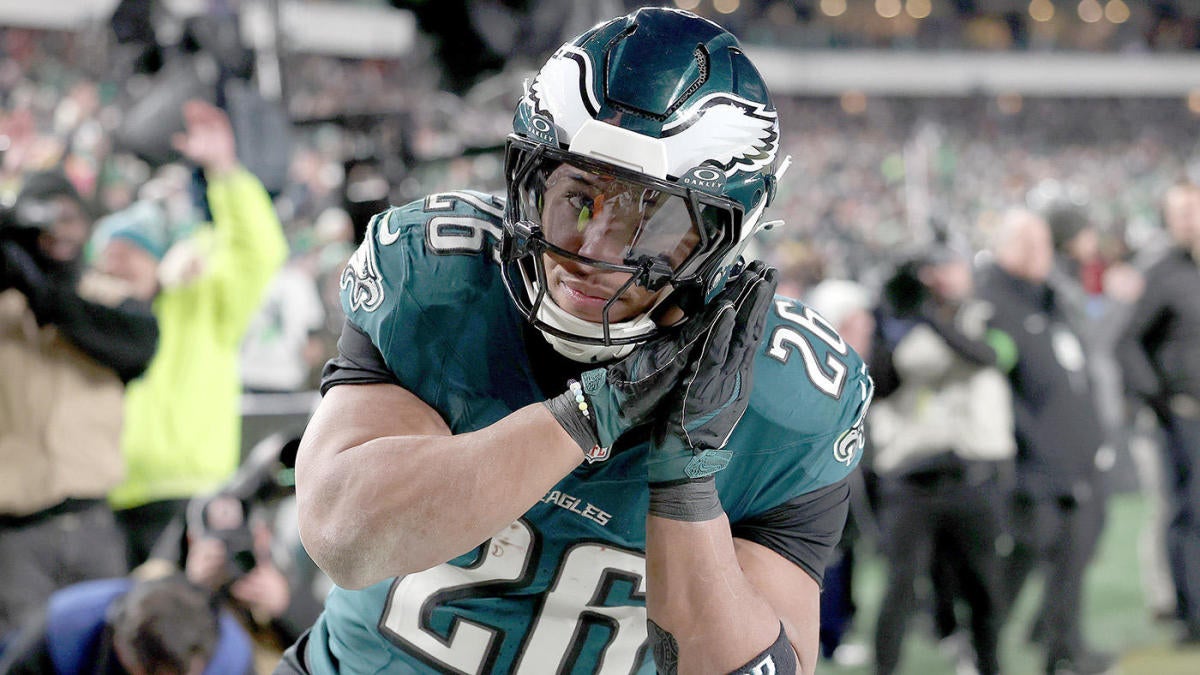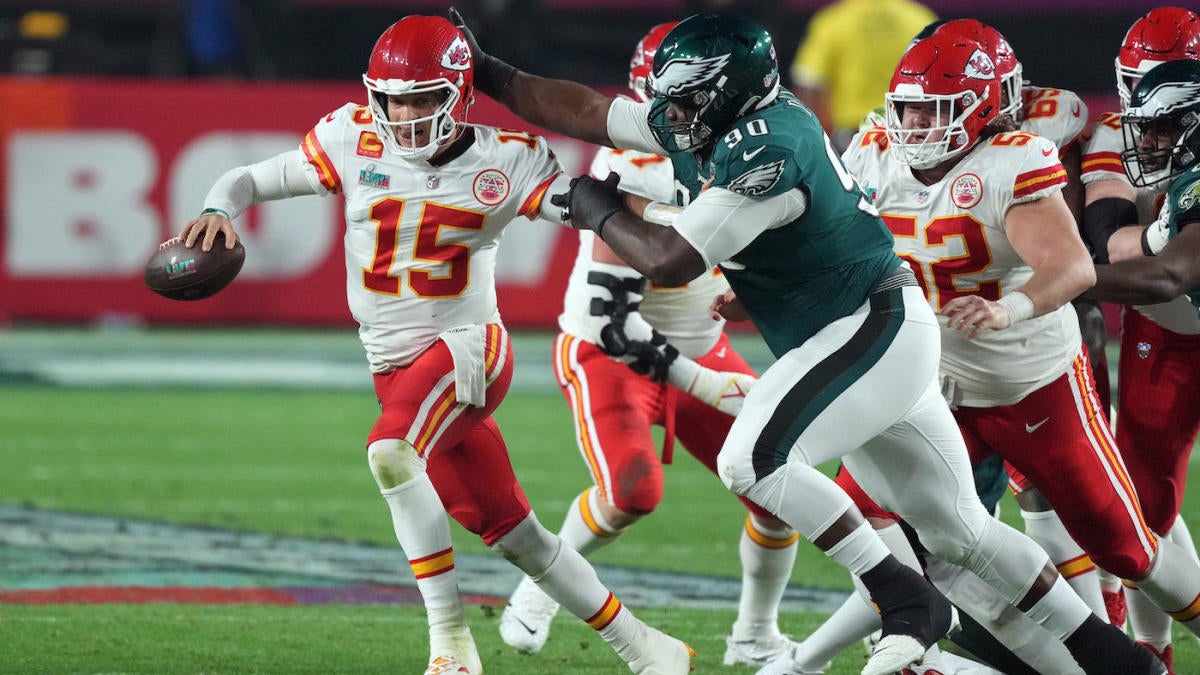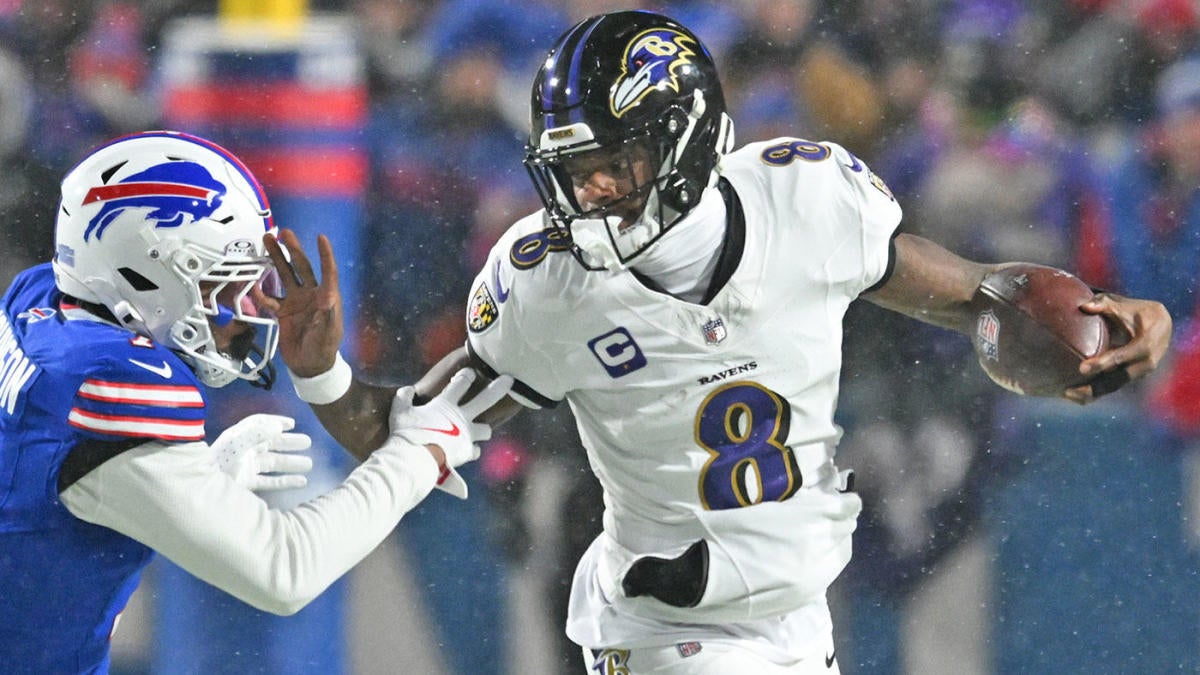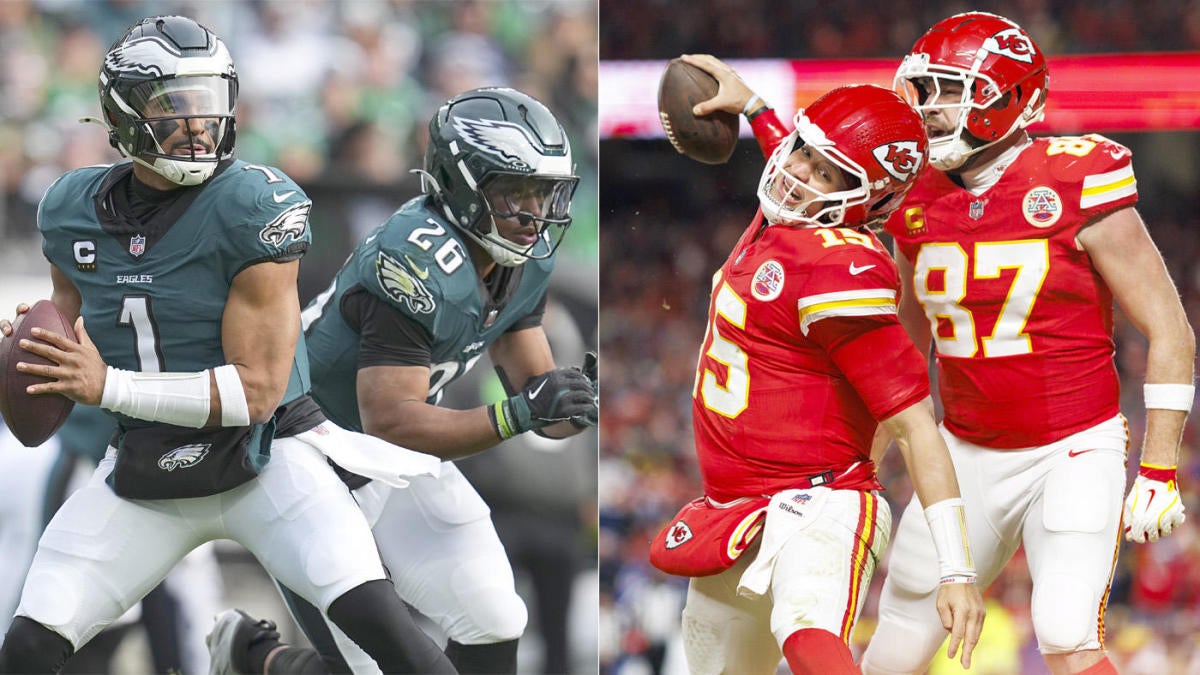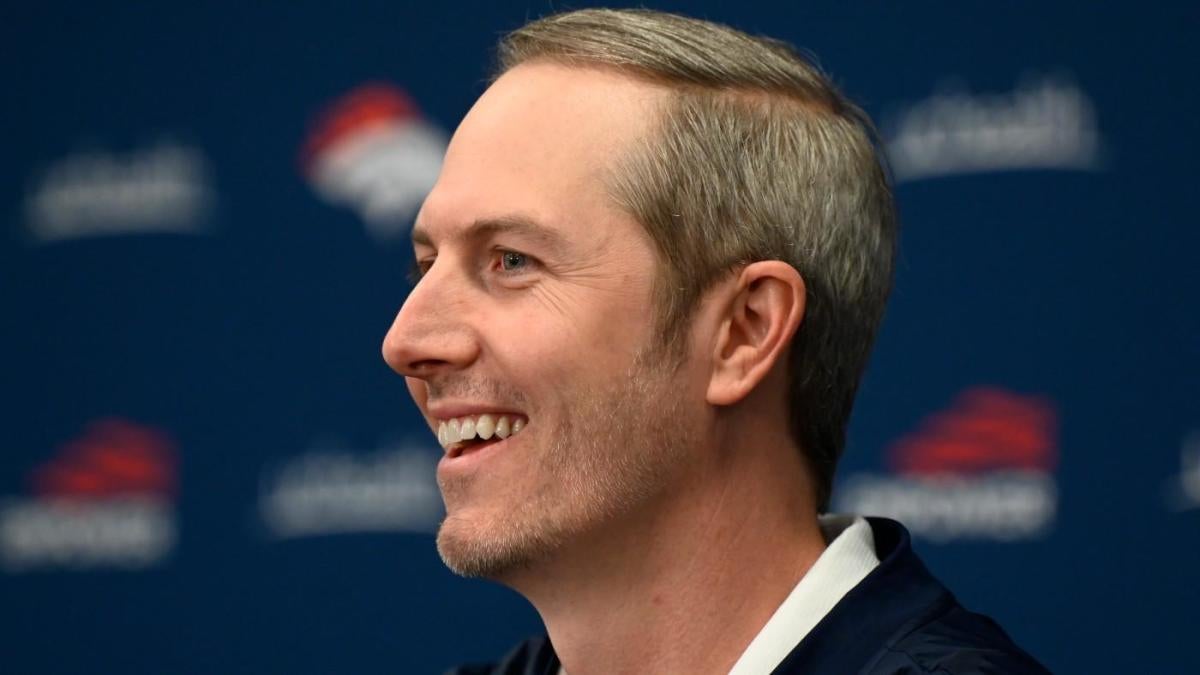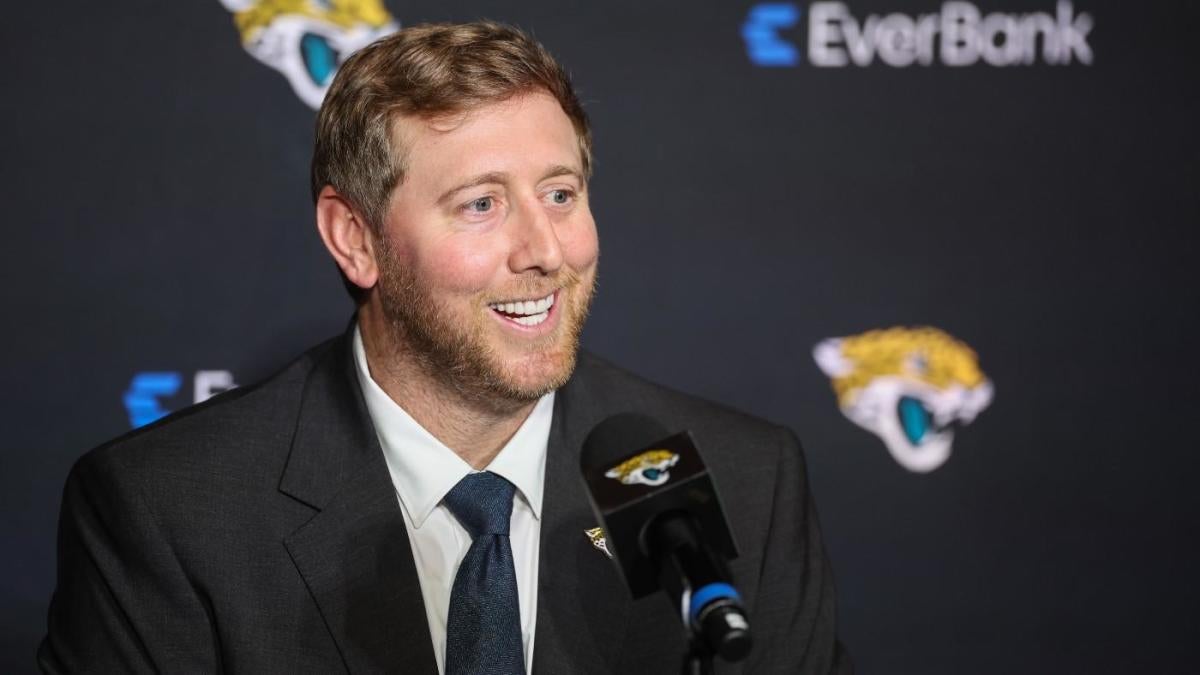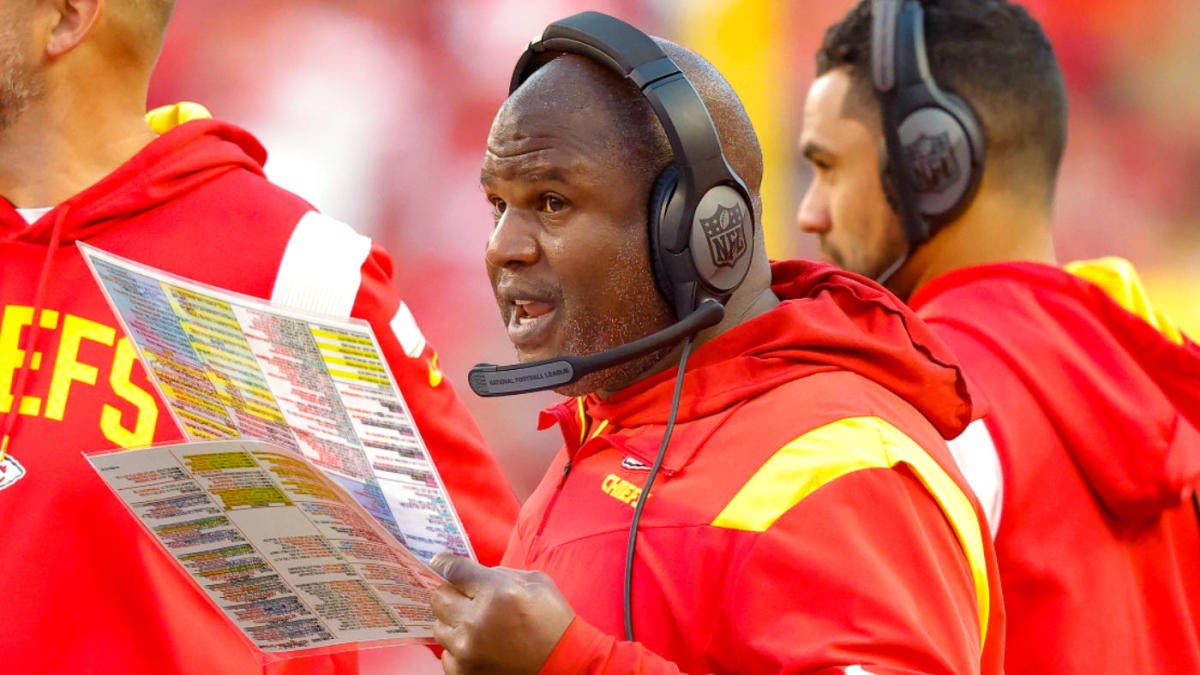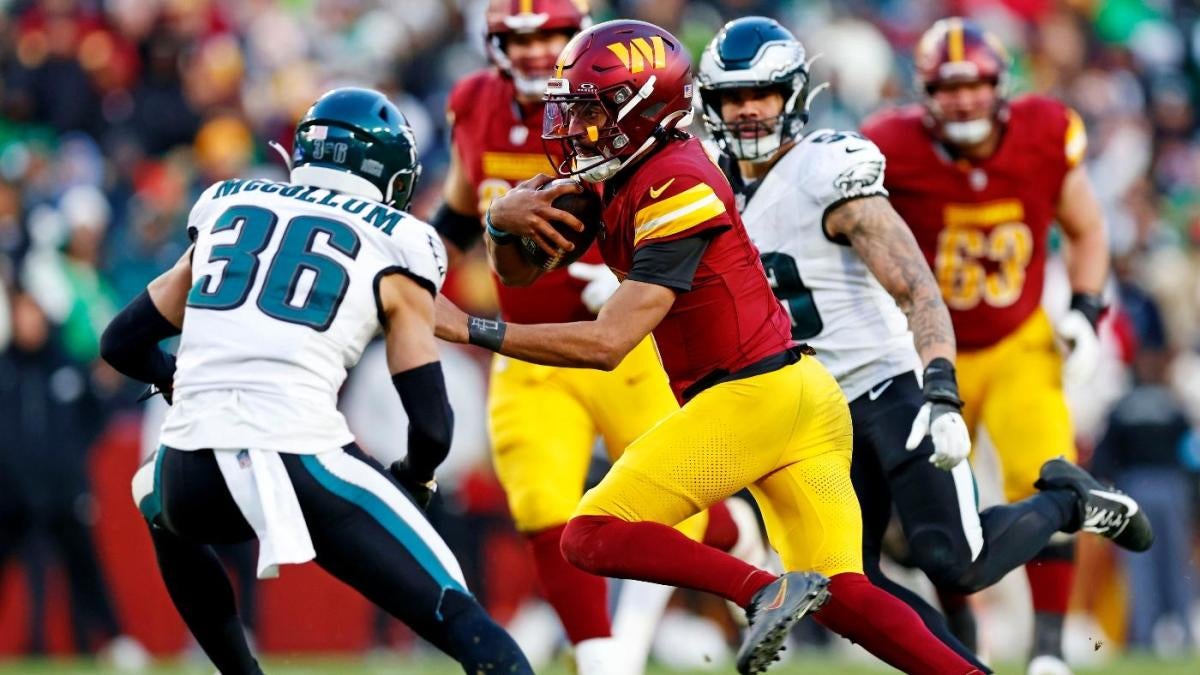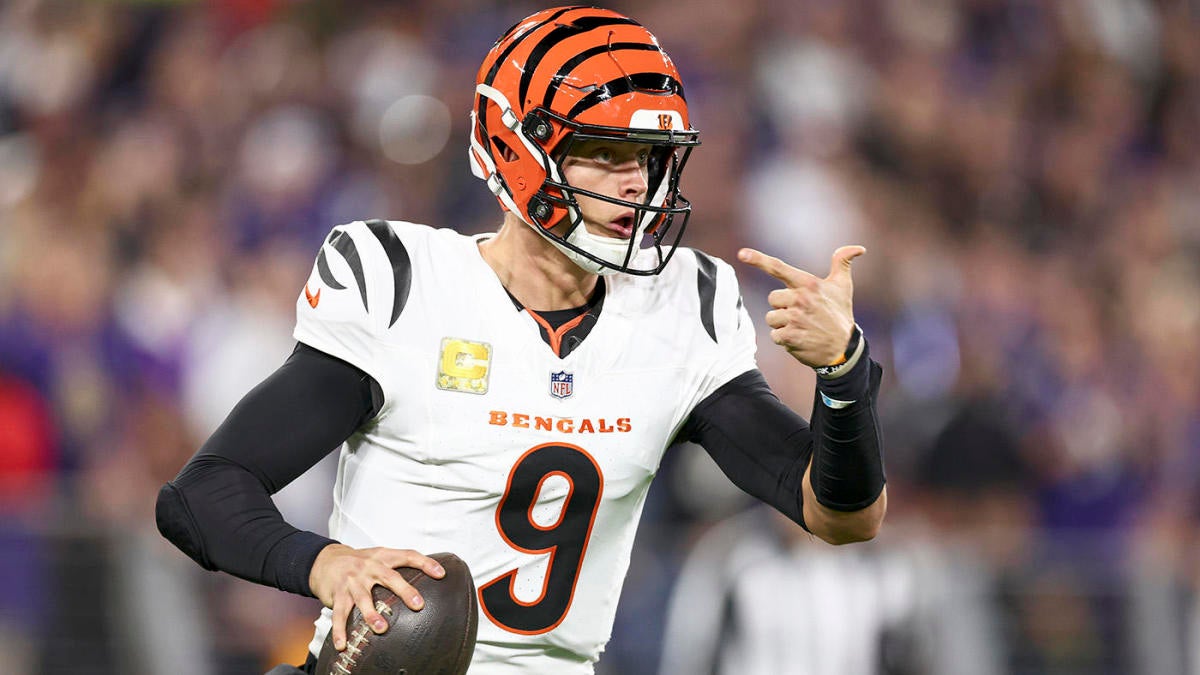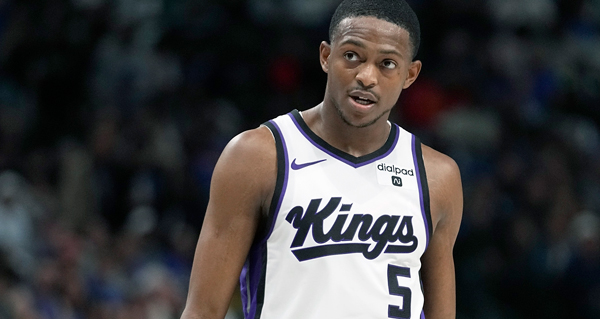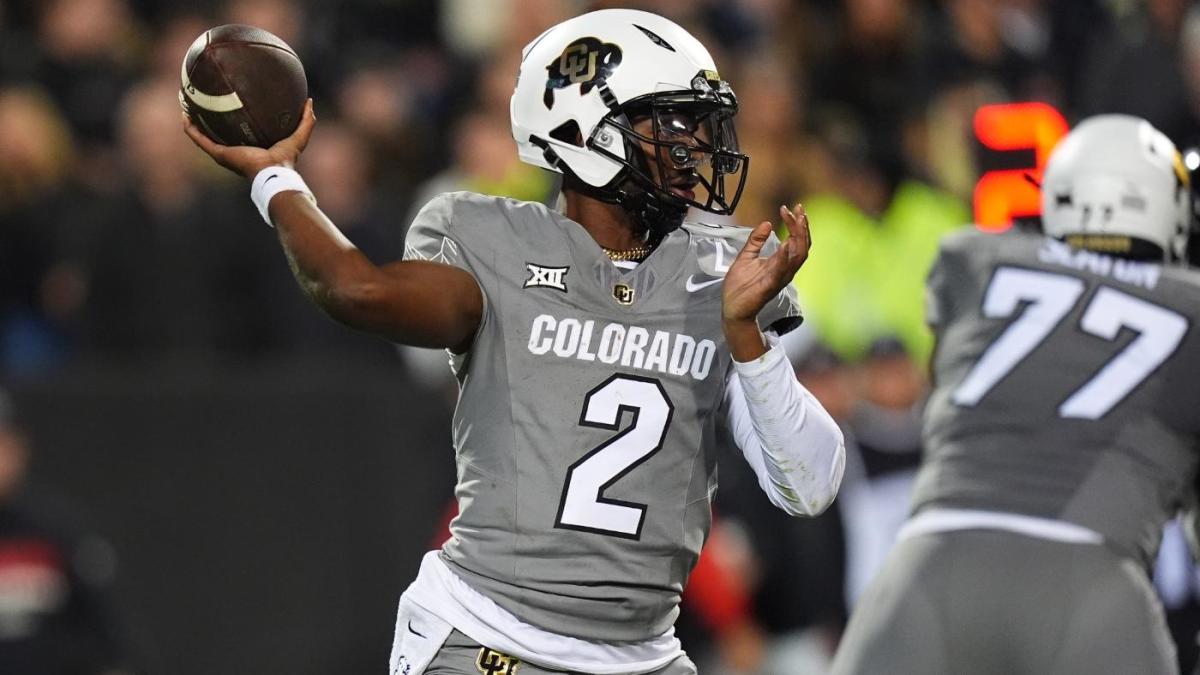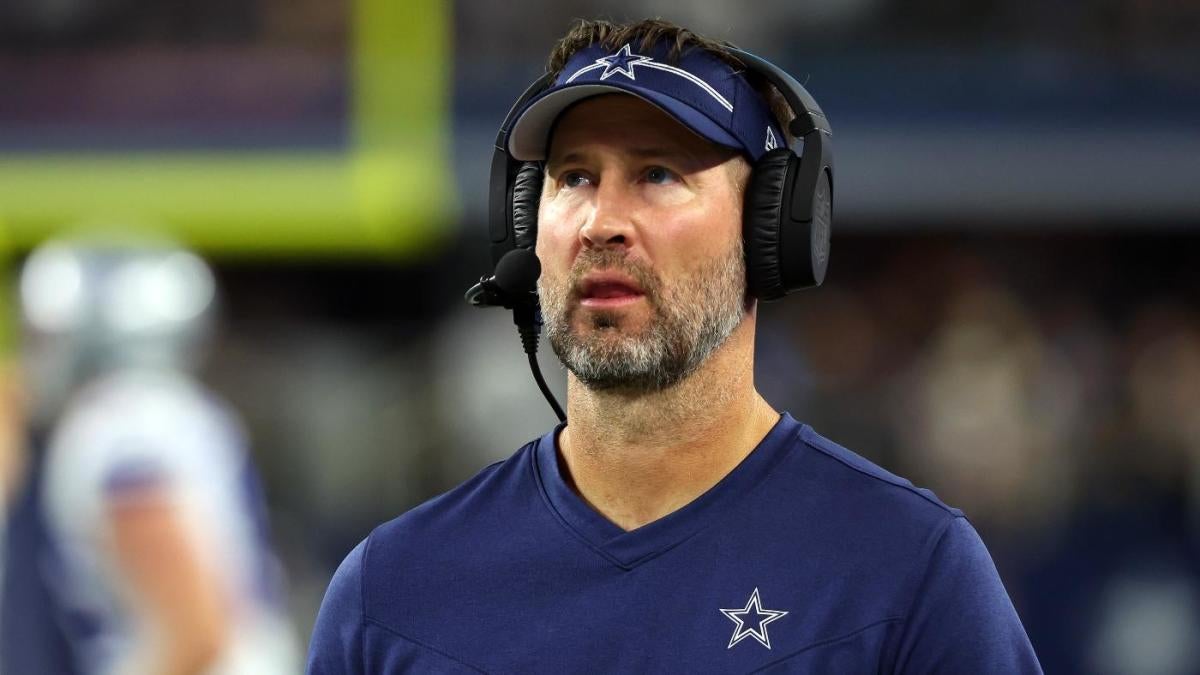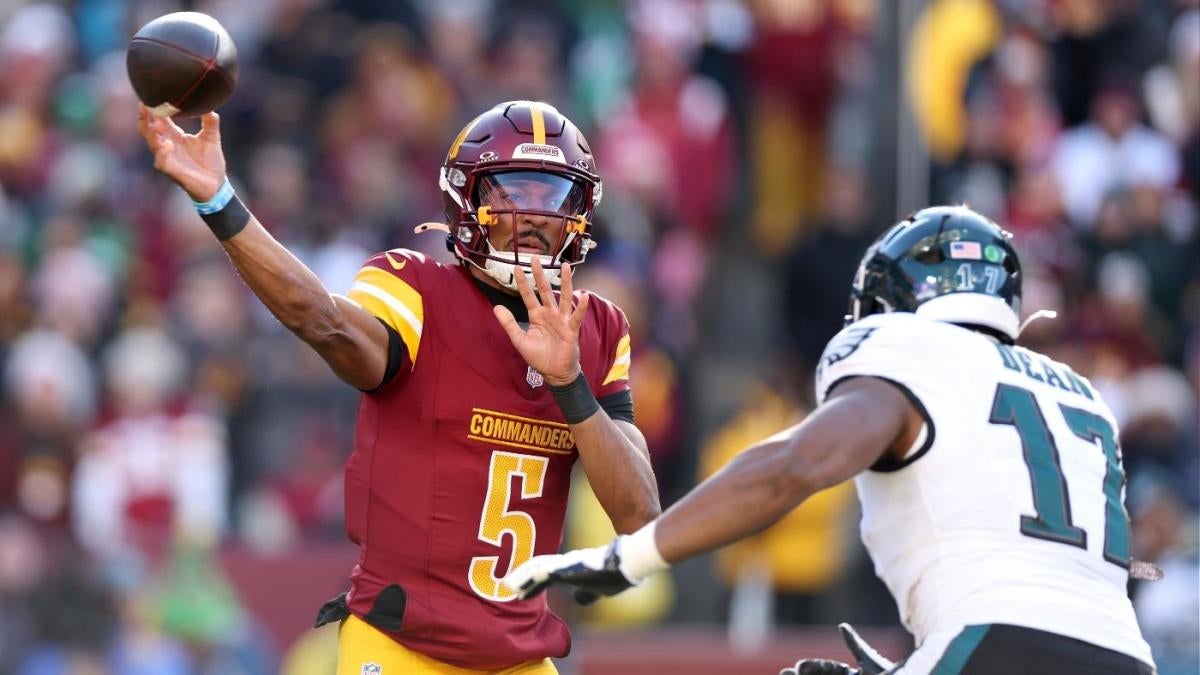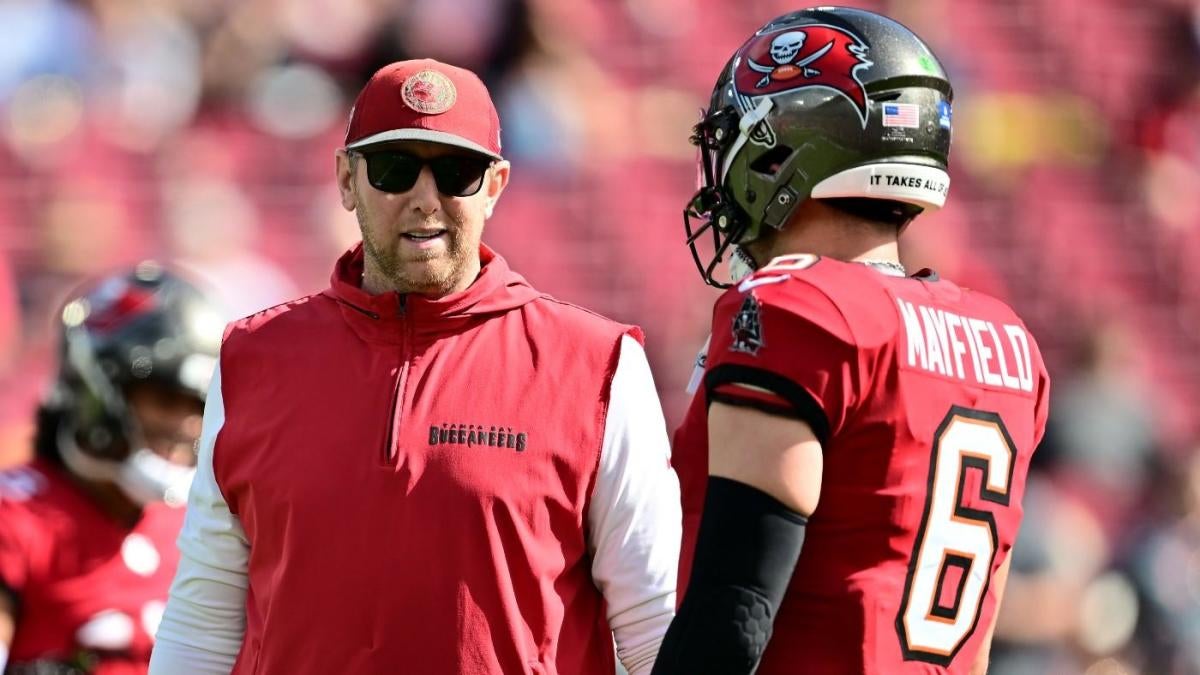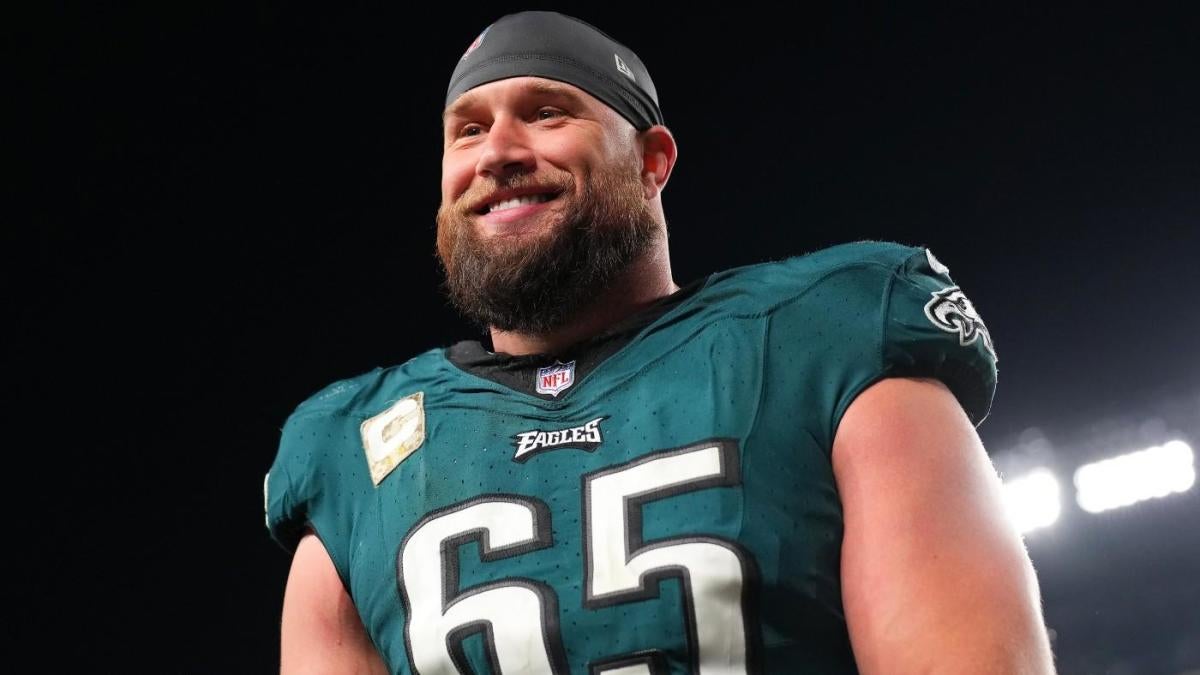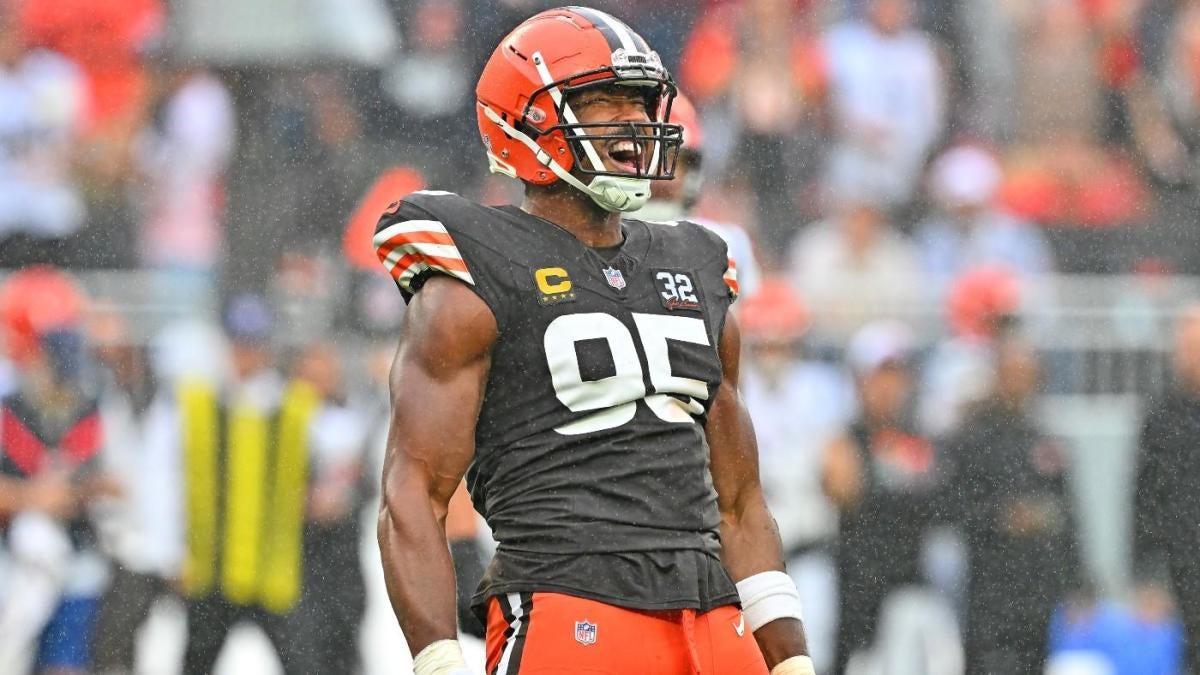
Teams were wheeling and dealing as the Nov. 5 trade deadline approached, including eight moves on the final day of the trading period. Wide receivers were a hot commodity as seven pass catchers were dealt including Davante Adams, Amari Cooper and DeAndre Hopkins, who have 11 original ballot Pro Bowl selections between them. Each of the wideouts is in his 30s. Edge rushers were also popular as four were traded — the most accomplished being 32-year-old Za’Darius Smith.
High-caliber players in their prime, especially at these impact positions, weren’t dealt despite rampant speculation. The only such player to be traded was 28-year-old four-time Pro Bowl cornerback Marshon Lattimore, who went from the New Orleans Saints along with a 2025 fifth-round pick to the Washington Commanders for 2025 third-, fourth- and six-round picks.
The circumstances of reigning NFL Defensive Player of the Year Myles Garrett, Pro Bowl edge rusher Maxx Crosby and wide receiver Tee Higgins are good illustrations of the lack of deadline movement with these kind of players. The circumstances were different for each one.
Garrett was the subject of trade rumors because the Cleveland Browns already have no realistic chance at a second straight playoff berth, and the perennial All-Pro edge rusher would be the best way to help replenish some of the draft capital squandered in acquiring quarterback Deshaun Watson two years ago.
Multiple teams expressed interest in Garrett prior to the trade deadline, per NFL Media. Elite players at premium positions, like Garrett, should be part of the solution equation. Garrett has repeatedly stated that he wants to play his entire NFL career with the Browns.
Unprecedented trade compensation this century for a non-quarterback probably would have been required to get the Browns to seriously consider dealing Garrett away. That’s more than the Laremy Tunsil trade package. The Houston Texans made the Miami Dolphins an offer for the Pro Bowl offensive tackle that couldn’t be refused in the days leading up to the start of the 2019 regular season. A 2020 first-round pick, a 2021 first-round pick, a 2021 second-round pick, safety Johnson Bademosi and offensive tackle Julien Davenport were given up in exchange for Tunsil, wide receiver Kenny Stills, a 2020 fourth-round pick and a 2021 sixth-round pick.
It’s more likely that Garrett gets a contract extension than traded. Garrett signed a five-year, $125 million extension with $100 million of guarantees to become the NFL’s first $25 million-per-year non-quarterback in 2020. He is under contract for the next two seasons with $19,796,125 and $25 million salaries in 2025 and 2026.
Garrett’s contract is outdated. There are currently 20 non-quarterbacks would have signed contracts in excess of $25 million per year.
An extension, which could come as early as next offseason, would surely put Garrett near or at the top of the non-quarterback salary hierarchy. Minnesota Vikings wide receiver Justin Jefferson leads the way with the four-year, $140 million extension he received in June. This $35 million-per-year deal has $110 million in guarantees and a non-quarterback record $88.743 million fully guaranteed at signing.
Adams requesting a trade from the Las Vegas Raiders four games into the season had many wondering whether Crosby would soon do the same. Crosby hasn’t. Lions edge rusher Aidan Hutchinson breaking the fibula and tibia in his left leg a couple of weeks later fueled speculation that Crosby, a Michigan native and Eastern Michigan product, could be acquired. Raiders owner Mark Davis was emphatic that Crosby wouldn’t be dealt.
The timing wasn’t right to trade Crosby, who is the team’s emotional leader. His contract wasn’t going to be easy to move due to his $24.5 million 2024 base salary. The acquiring team would have needed enough salary cap room to absorb the remainder of the Crosby’s current salary. That’s $12.25 million or 9/18ths of a Crosby’s 2024 base salary with a trade occurring after Week 9’s games. Since the Raiders were adamant about not converting some portion of Adams’ 2024 salary into a signing bonus to facilitate his trade to the New York Jets, it’s safe to assume that also would have been the case with Crosby.
The Lions wouldn’t have had an issue with $27 million of 2024 salary cap space, according to NFLPA data. Having two high-priced edge rushers could have been problematic. Hutchinson, who was the early favorite for NFL Defensive Player of the Year honors before his injury, will be eligible for a contract extension as a 2022 draftee when the 2024 regular season ends on Jan. 7, 2025. The four-year extension averaging $23.5 million per year Crosby signed in 2022 runs through the 2026 season.
The Lions demonstrated with right tackle Penei Sewell during the offseason a willingness to pay highly productive draft picks at the earliest possible instance. The injury isn’t going to prevent Hutchinson from commanding an extension that makes him one of, if not the league’s highest-paid non-quarterback upon signing.
Things could come to a head with Crosby early next offseason. He is becoming increasingly frustrated as the Raiders are in the midst of a five-game losing streak. He had a physical sideline altercation with Raiders defensive coordinator Mike Caldwell during the team’s Week 6 contest versus the Pittsburgh Steelers, which was subsequently downplayed. The Raiders appear to be a lot closer to rebuilding than a playoff team under beleaguered head coach Antonio Pierce, who had the interim label removed in January partially because of Crosby’s strong support. Crosby has recently stated that he doesn’t want to go through a rebuilding process.
The final straw for Crosby could be if the Raiders don’t quickly address his contract in a meaningful way in the offseason. Crosby became disgruntled about his contract after the Raiders paid defensive tackle Christian Wilkins more than him in free agency this year. Wilkins replaced Crosby as the highest-paid defensive player on the Raiders when he signed a four-year, $110 million contract averaging $27.5 million per year. The deal has $84.75 million in guarantees, of which $57.5 million was fully guaranteed at signing.
The Raiders felt compelled to modify Crosby’s contract to placate him even though there were three years remaining. Crosby had $5 million added to the three years left on his contract resulting in $6 million raise for 2024.
If Crosby attempts to force a trade because of the direction of the franchise and/or contract unhappiness, the Raiders already have a baseline for trade compensation. In 2018, All-Pro edge rusher Khalil Mack was dealt to the Chicago Bears at the end of the preseason. The Raiders received a 2019 first-round pick, 2019 sixth-round pick, 2020 first-round pick and a 2020 third-round pick. In addition to Mack, the Bears got a 2020 second-round pick and a conditional 2020 fifth-round pick that was ultimately a 2020 seventh-round pick.
The Cincinnati Bengals made it clear that Higgins was a part of their 2024 plans when his trade request was rejected after a $21.816 million franchise tag was placed on him. Trying to make another Super Bowl run has been the top priority over maximizing draft compensation. The Bengals missed the playoffs last season with a 9-8 record after getting to the AFC Championship game in 2022 and losing the Super Bowl in 2021.
Higgins is playing his last season in Cincinnati because teams having two high-priced wide receivers long term is a rarity. Ja’Marr Chase is the signing priority, although the Bengals failed to reach an agreement with 2021’s fifth-overall pick before the regular season started. The Bengals reportedly made an offer that would have put Chase on par with Jefferson’s $35 million per year. Contract structure was the problem. A Chase contract extension is expected to be at the top of Cincinnati’s offseason to do list.
The Bengals didn’t shift course and become sellers with the trade deadline nearing because of a 1-4 start. The Bengals were buyers despite having a 4-5 record. Running back Khalil Herbert was acquired from the Bears for a 2025 seventh-round pick with Zack Moss out indefinitely because of a neck injury.
The Bengals are going to get a 2026 compensatory third-round pick at best for Higgins after he departs on the open market next March. In order to maximize draft compensation, the optimal time to trade Higgins would have been at the beginning of this year’s free agency in a franchise player sign-and-trade maneuver like the Raiders did in March 2022 get Adams from the Green Bay Packers.
The trade compensation likely would have fallen between a second-round pick and the first- and third-round picks the Tennessee Titans gave the Philadelphia Eagles for wide receiver A.J. Brown during the first day of the 2022 NFL Draft. Higgins probably would have commanded a contract in the $23 million to $24 million per year range like franchise player Michael Pittman Jr. and free agent Calvin Ridley did, respectively, from the Indianapolis Colts and Titans in March.
Even with an-in-season change of heart about Higgins, the Bengals were probably looking at the lower end of this compensation range, which would still be more than a 2026 compensatory draft pick. The acquiring team wouldn’t have been able to eliminate Higgins from being just a half-season rental since franchise players are prohibited from signing long term after July 15 until the regular season ends. The acquiring team would have had the ability to place another franchise tag on Higgins in 2025 for $26,179,200, which is 120% of his current designation.
Trades can’t be executed again until the 2025 league year begins on March 12. That’s when high-impact players in the primes, such as Crosby, have a much better chance of being dealt than at this year’s trade deadline.
Go to Source
Author: Joel Corry
November 6, 2024 | 4:25 pm
